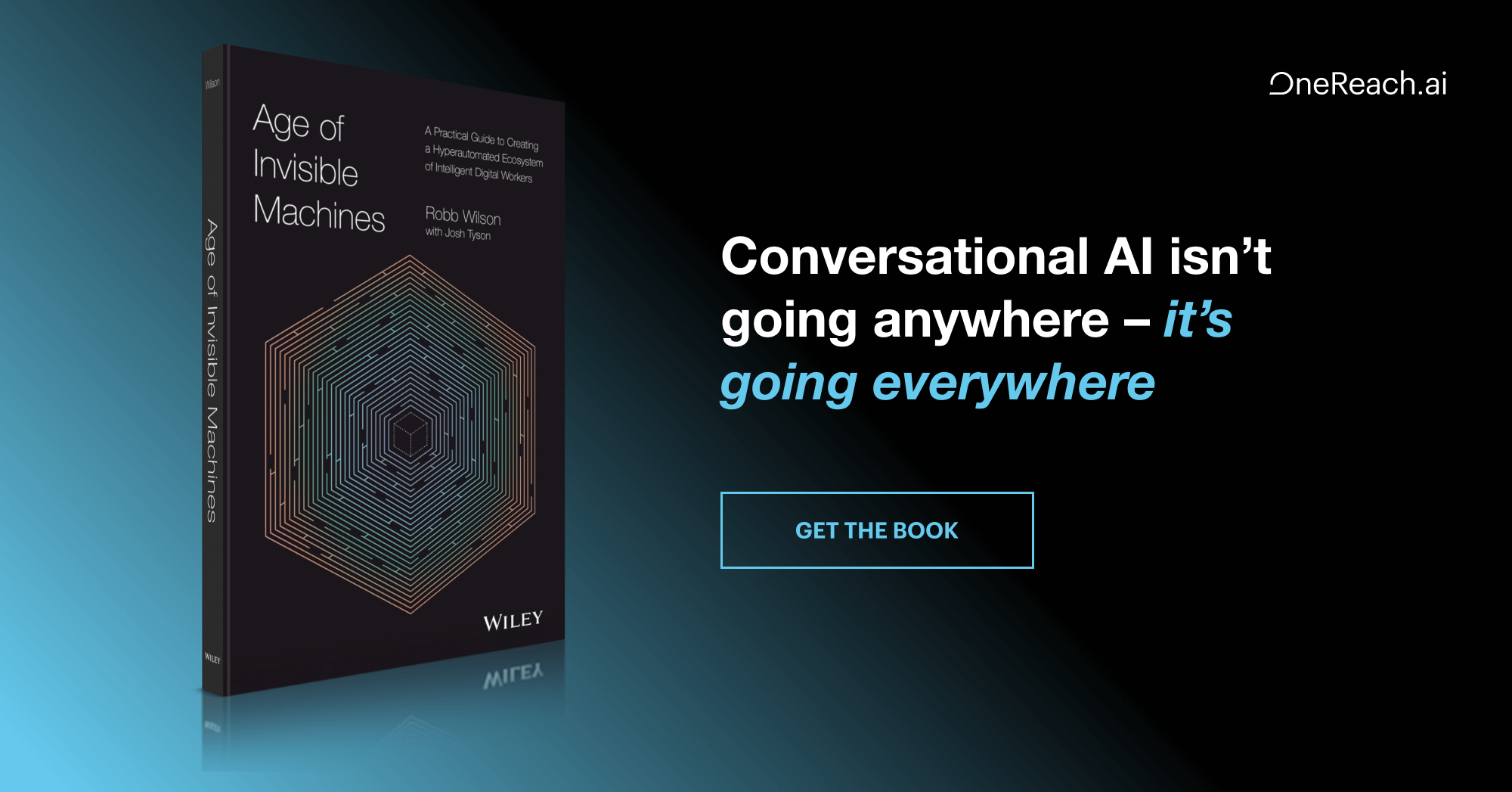Learn more about the virtue of AI systems that are designed to collaborate with humans, not compete with them. Tom Gruber, co-founder of Siri and Chief AI Strategy Officer of Sherpa.ai, has been working with language-based AI models for nearly 50 years. He joins Robb and Josh for a conversation about federated machine learning and how it can open the door for securely training LLMs on private data. The trio also explores why focusing on use cases based on accessibility will push AI forward for everyone.
Tom describes the enduring relevance of Tom’s early work designing a computer system that enabled non-verbal people with severe physical disabilities to communicate using natural language. Along with co-founding Siri, he launched the Advanced Development Group at Apple, designing and prototyping new capabilities for Siri. At Sherpa.ai, Tom is using federated machine learning to augment human potential while protecting privacy. Don’t miss this enlightening episode with one of technology’s preeminent innovators.








